Movies that make you question reality
Looking for films that will twist your mind and leave you pondering long after the credits roll? These movies are guaranteed to challenge your perceptions and keep you on the edge of your seat.
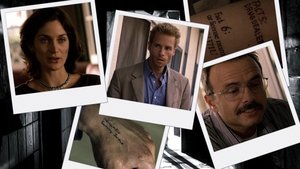

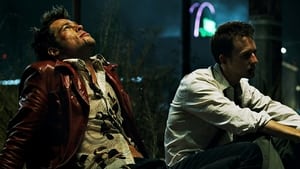
Ever feel like a movie has completely scrambled your brain? That's the feeling these films aim for. They're not just thrillers or mysteries; they delve into the unreliable nature of memory, perception, and reality itself. From Christopher Nolan's mind-bending dreamscapes in Inception to the exploration of fractured identities in Fight Club, these movies aren't afraid to leave you with more questions than answers. What's fascinating is how many different approaches filmmakers take to achieve this effect. Some rely on intricate plots, like the time-travel paradoxes of Primer, which was famously made on a shoestring budget, while others use visual cues and surreal imagery, as seen in Mulholland Drive, to disorient the viewer. And then you have films like Eternal Sunshine of the Spotless Mind that mess with your emotions as much as your intellect, asking poignant questions about love, loss, and the power of memory. If you enjoy being kept guessing and appreciate a film that demands your full attention, this list is for you.
14. The Butterfly Effect (2004)
Eric Bress and J. Mackye Gruber's "The Butterfly Effect" explores the concept of chaos theory and the potential consequences of altering the past. Ashton Kutcher stars as Evan Treborn, a young man who discovers that he can travel back in time and change events in his life. However, each time he makes a change, it has unintended and often disastrous consequences in the present. The film's exploration of cause and effect and its multiple alternate endings make it a thought-provoking and unsettling experience. The film's alternate endings sparked debate among viewers, with many arguing about which ending is the most satisfying or tragic.

13. Oldboy (2003)
Park Chan-wook's "Oldboy" is a South Korean neo-noir action thriller that explores themes of revenge, identity, and the consequences of violence. Choi Min-sik stars as Oh Dae-su, a man who is mysteriously imprisoned for 15 years without knowing his captor or the reason for his confinement. Upon his release, he is given five days to uncover the truth and exact his revenge. Park's stylish direction and the film's shocking plot twists make it a disturbing and unforgettable cinematic experience. The film's iconic hallway fight scene was filmed in a single, continuous shot, showcasing the director's technical skill and the actor's physical prowess.

12. Primer (2004)
Shane Carruth's "Primer" is a low-budget sci-fi film that tackles the complexities of time travel with remarkable intelligence and ambition. The film follows two engineers, Aaron and Abe, who accidentally invent a time machine while working on a side project. As they experiment with their invention, they become entangled in a web of paradoxes and unforeseen consequences. Carruth's minimalist direction and the film's intricate plot require close attention and multiple viewings to fully grasp. The story was shot in 16mm film with a very low budget, Carruth not only directed, wrote, produced, and starred in the film, but also composed the score. The film's scientific accuracy and philosophical implications have made it a cult favorite among science enthusiasts and filmmakers alike.
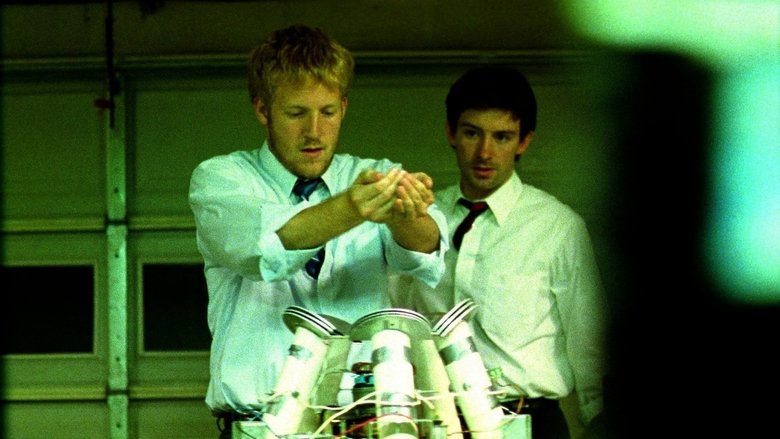
11. The Machinist (2004)
Brad Anderson's "The Machinist" is a psychological thriller that explores the themes of guilt, paranoia, and the disintegration of the human psyche. Christian Bale stars as Trevor Reznik, a machinist who suffers from chronic insomnia and becomes increasingly isolated and emaciated. As Trevor's mental state deteriorates, he experiences strange occurrences and begins to question his own sanity. Bale's performance is remarkable, having lost a significant amount of weight for the role. Bale's extreme weight loss was achieved under strict medical supervision, and it became a defining aspect of the film's unsettling and realistic portrayal of mental and physical decay.

10. Black Swan (2010)
Darren Aronofsky's "Black Swan" is a psychological thriller that delves into the dark side of ambition and perfectionism. Natalie Portman delivers an Oscar-winning performance as Nina Sayers, a ballerina who lands the lead role in a production of Swan Lake. As she prepares for the role, Nina becomes increasingly obsessed with embodying both the White Swan and the Black Swan, leading to a descent into madness. Aronofsky's visceral direction and the film's unsettling atmosphere create a claustrophobic and disturbing experience. Portman trained extensively for the role, dedicating hours to ballet practice each day, resulting in a physically and emotionally demanding performance.
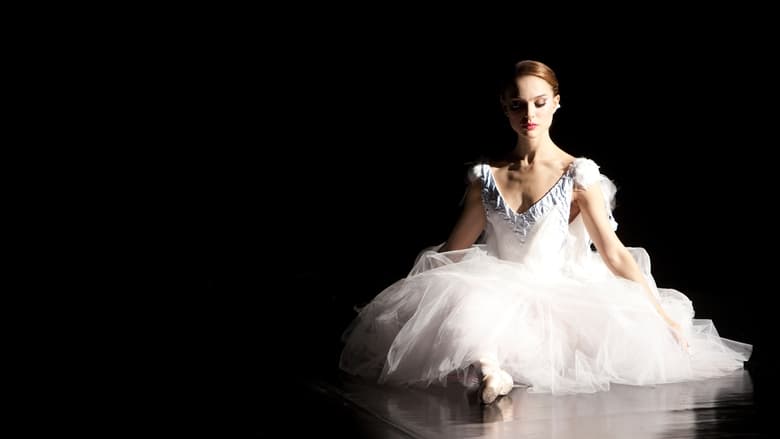
9. The Matrix (1999)
The Wachowskis' "The Matrix" is a groundbreaking sci-fi action film that revolutionized the genre with its innovative visual effects and philosophical themes. Keanu Reeves stars as Neo, a computer hacker who discovers that reality as he knows it is a simulated world created by machines. He joins a group of rebels, led by Morpheus, who fight to free humanity from the Matrix. The film's blend of martial arts, cyberpunk aesthetics, and philosophical concepts captivated audiences and spawned a franchise. The film's 'bullet time' effect, which allows viewers to see action in slow motion, was achieved through a complex combination of still cameras and computer-generated imagery, setting a new standard for visual effects in cinema.
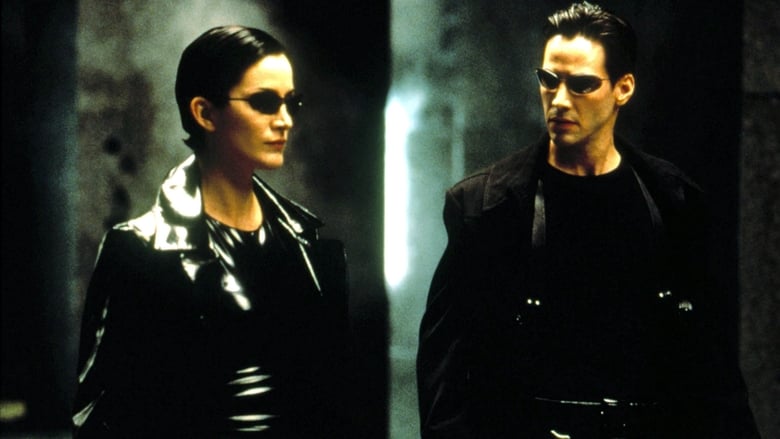
8. Donnie Darko (2001)
Richard Kelly's "Donnie Darko" is a cult classic sci-fi drama that blends teen angst with mind-bending concepts of time travel and destiny. Jake Gyllenhaal stars as Donnie, a troubled teenager who is plagued by visions of a sinister figure in a rabbit suit named Frank. Frank tells Donnie that the world will end in 28 days, leading him on a path of self-discovery and sacrifice. Kelly's atmospheric direction and the film's haunting soundtrack create a uniquely melancholic and unsettling mood. The film's exploration of existential themes and its ambiguous ending have made it a subject of intense discussion and analysis, solidifying its status as a modern cult classic.
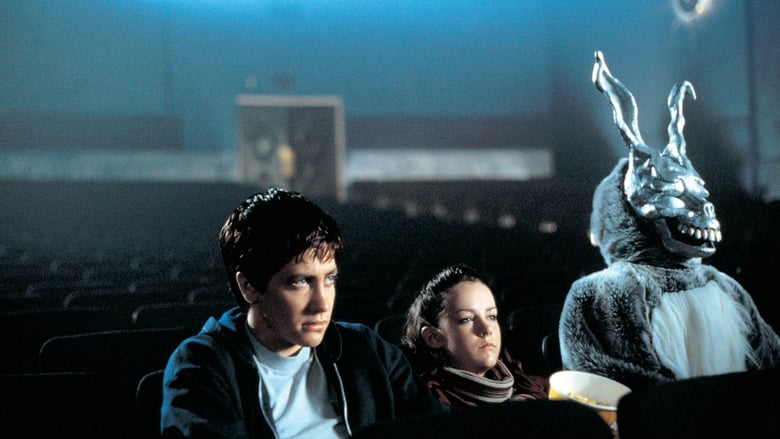
7. The Prestige (2006)
Christopher Nolan's "The Prestige" is a gripping thriller about the intense rivalry between two stage magicians in turn-of-the-century London. Christian Bale plays Alfred Borden, a brilliant but unstable magician, while Hugh Jackman portrays Robert Angier, a charismatic performer obsessed with uncovering Borden's secrets. As their competition escalates, they resort to increasingly dangerous and deceptive measures. Nolan crafts a complex narrative with twists and turns, exploring themes of obsession, sacrifice, and the illusion of reality. The film's title refers to the third and most important part of a magic trick, where the impossible is made to seem real, mirroring the deceptive nature of the characters' actions.

6. Mulholland Drive (2001)
David Lynch's "Mulholland Drive" is a surreal and enigmatic neo-noir film that defies easy interpretation. Naomi Watts stars as Betty, an aspiring actress who arrives in Hollywood and befriends Rita, an amnesiac woman played by Laura Elena Harring. As they investigate Rita's past, they descend into a dreamlike world of mystery and illusion. Lynch's signature style, with its unsettling imagery and non-linear narrative, creates a disorienting and hypnotic experience. The film explores themes of identity, desire, and the dark side of the entertainment industry. The blue box and key are recurring symbols that have fueled countless interpretations of the film's hidden meanings, making it a subject of endless fascination and analysis.
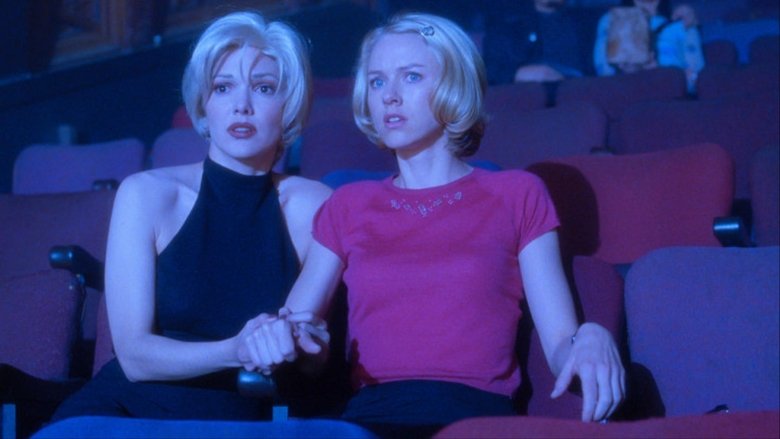
5. Fight Club (1999)
David Fincher's "Fight Club" is a darkly comedic and subversive film that critiques consumer culture and explores themes of identity and alienation. Edward Norton stars as an unnamed narrator, an insomniac office worker who seeks escape through support groups. He meets Tyler Durden, played by Brad Pitt, a charismatic soap salesman who encourages him to embrace chaos and destruction. Together, they form 'Fight Club,' an underground organization where men engage in bare-knuckle brawls. Fincher's stylish direction and the film's shocking plot twists make it a cult classic. The film's anti-establishment message and exploration of male frustration resonated with audiences, sparking debate and solidifying its place in cinematic history.

4. Shutter Island (2010)
Martin Scorsese's "Shutter Island" is a psychological thriller that keeps you guessing until the very end. Leonardo DiCaprio plays Teddy Daniels, a U.S. Marshal investigating the disappearance of a patient from a mental institution on a remote island. As Teddy delves deeper into the case, he uncovers dark secrets and confronts his own troubled past. Scorsese masterfully creates a suspenseful atmosphere with haunting visuals and unsettling sound design. The film's shocking twist ending forces viewers to question everything they have witnessed. The unsettling atmosphere is enhanced by the real location: Medfield State Hospital, a former mental institution, was used for exterior shots, adding to the film's eerie authenticity.
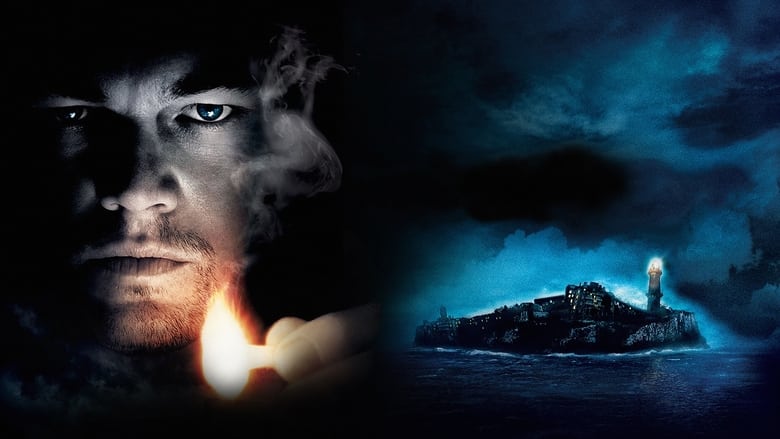
3. Memento (2000)
Christopher Nolan's breakthrough film, "Memento", is a mind-bending neo-noir thriller told in reverse chronological order. Guy Pearce stars as Leonard Shelby, an amnesiac man hunting for his wife's killer. Unable to form new memories, Leonard relies on Polaroid photos and tattoos to track his progress. The film's unconventional structure mirrors Leonard's fragmented mental state, challenging the viewer to piece together the truth. The black-and-white sequences depict events in chronological order, providing clues that contradict Leonard's unreliable perspective. This innovative approach to storytelling creates a disorienting and unforgettable cinematic experience.

2. Inception (2010)
Christopher Nolan's "Inception" is a cerebral action film that challenges perceptions of reality. Dom Cobb, portrayed by Leonardo DiCaprio, is a skilled thief who extracts information from his targets' dreams. Instead of stealing secrets, Cobb is hired to perform 'inception,' planting an idea into the mind of a powerful business executive. Nolan crafts a multi-layered narrative with intricate dreamscapes, pushing the boundaries of visual effects and storytelling. The film's ambiguous ending sparks endless debates about what is real and what is not. Did you know that the spinning top is a personal totem used by Cobb to differentiate between dreams and reality, adding a layer of psychological depth to the narrative.
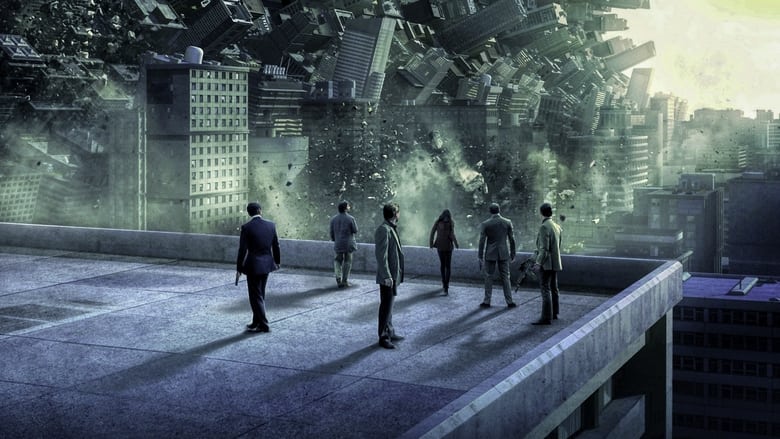
1. Eternal Sunshine of the Spotless Mind (2004)
Michel Gondry's masterpiece is a poignant exploration of memory, love, and loss. Jim Carrey delivers a career-defining performance as Joel, a man who undergoes a procedure to erase his memories of Clementine, played by Kate Winslet. The film unfolds as a surreal journey through Joel's mind, blending reality and fragmented recollections. The narrative's non-linear structure perfectly mirrors the chaotic nature of memory, forcing the viewer to piece together the story alongside Joel. Its ingenious use of practical effects and inventive visuals creates a uniquely dreamlike atmosphere, solidifying its place as a mind-bending and emotionally resonant cinematic experience.

